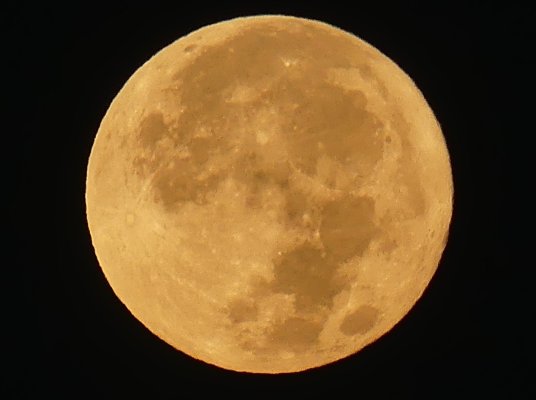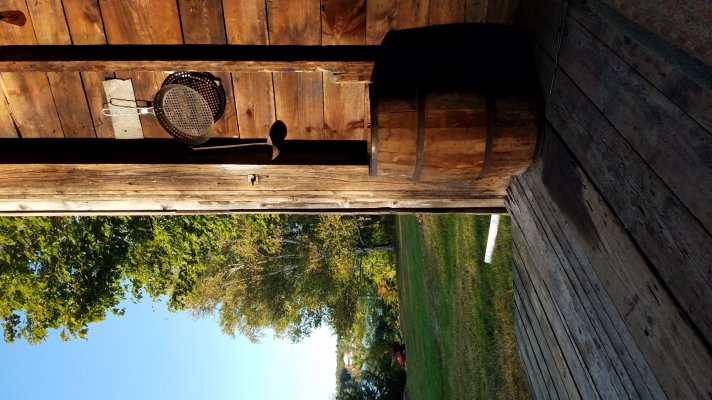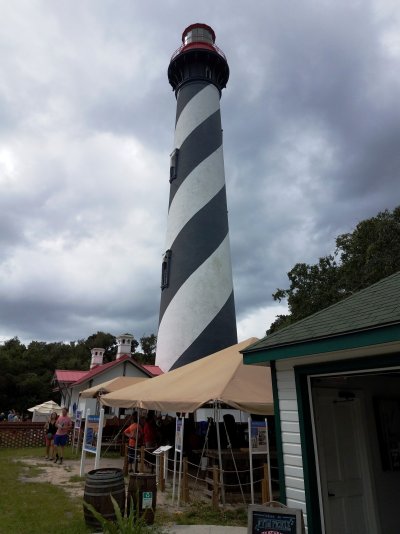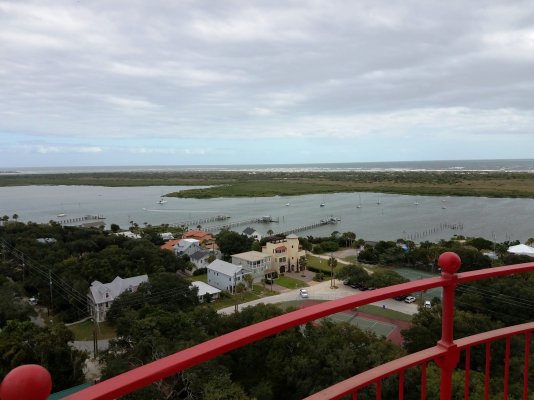Ronstar
Moderator Emeritus
You already take superb still photos so that's 90% of the effort. Just use an intervalometer (if you don't already have one built into your camera) and shoot 30 pictures for every second of your time lapse at intervals that exceed your exposure time by at least 1/2 second. Just sit back and relax while the camera does the work and take in the scenery. Take the shot at multiple angles. If your camera does not generate time lapse videos directly from the photos, use software such as Lightroom to generate the time lapse video. Edit your video clips together and add a background track and then magic happens.
I started with sunrises and sunsets with objects in the foreground. Then I did many time lapse videos of the milky way which can be incredible with a nice foreground object (like your photo). Now I use time lapse clips in my video projects for effect or create entire videos using time lapse.
I decided that during my early retirement I would focus on my interests, photography, video, and music along with travel. One advantage we have living around Los Angeles is that we are in one of the world's largest movie set with plenty of support for my hobbies.
My Sony DSC RX 100 does not have an intervalometer. I tried to download Sony's time-lapse app. Didn't work. Found a third party freebie. And it works. Here it is in case anyone with one of many Sony's want to check it out:
It's great to tie several interests together (photography, travel, video, music, etc) And it's great that you have LA for your playground. Lots of interesting places to create videos.

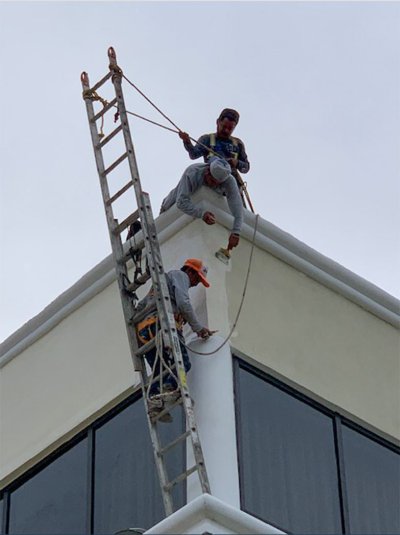
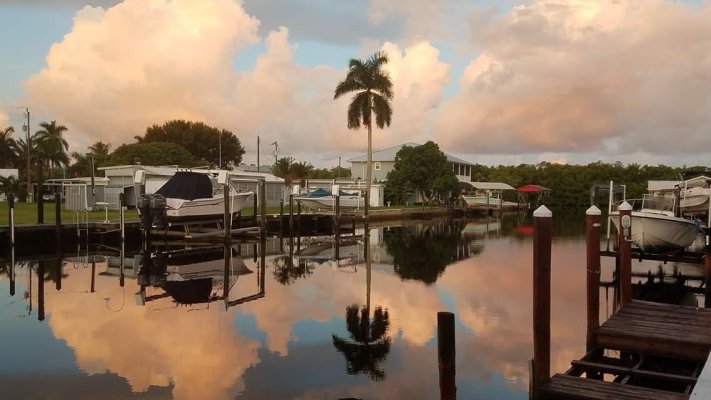
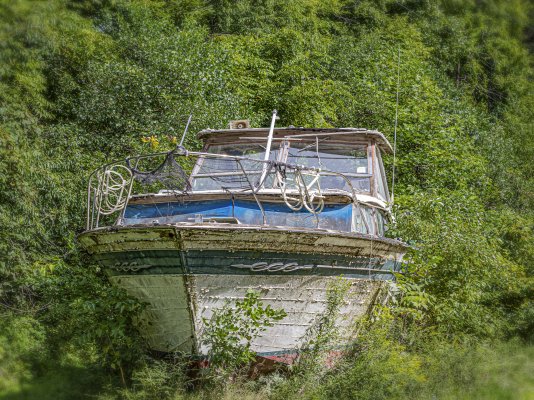
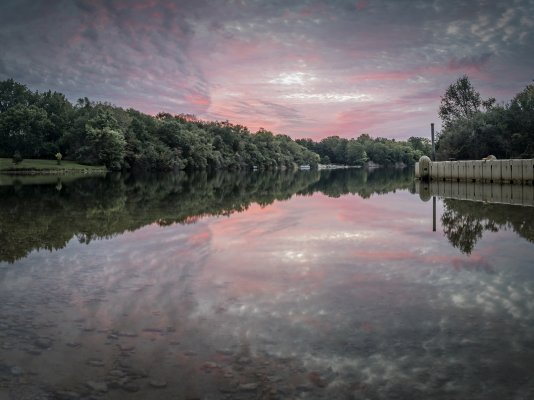
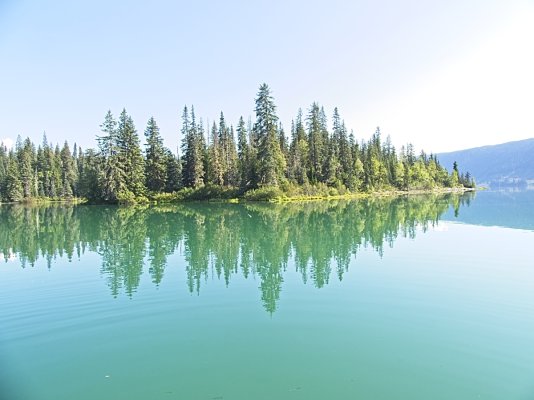
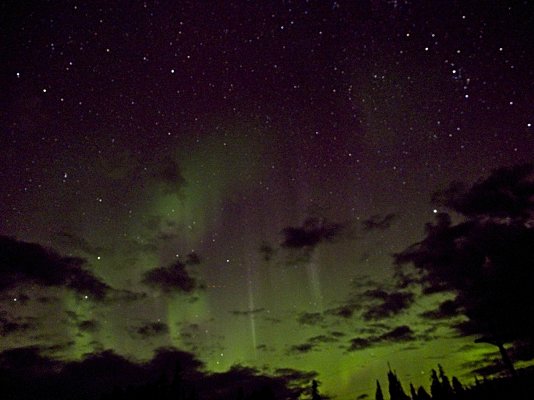
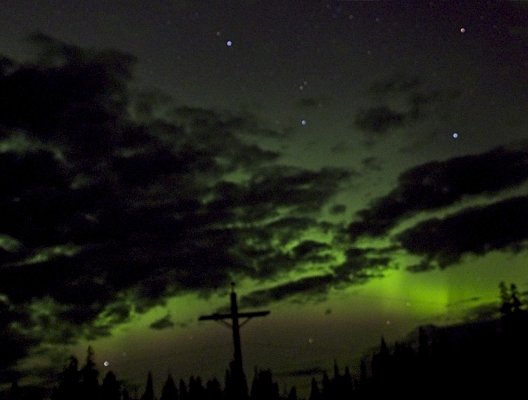
 .
.